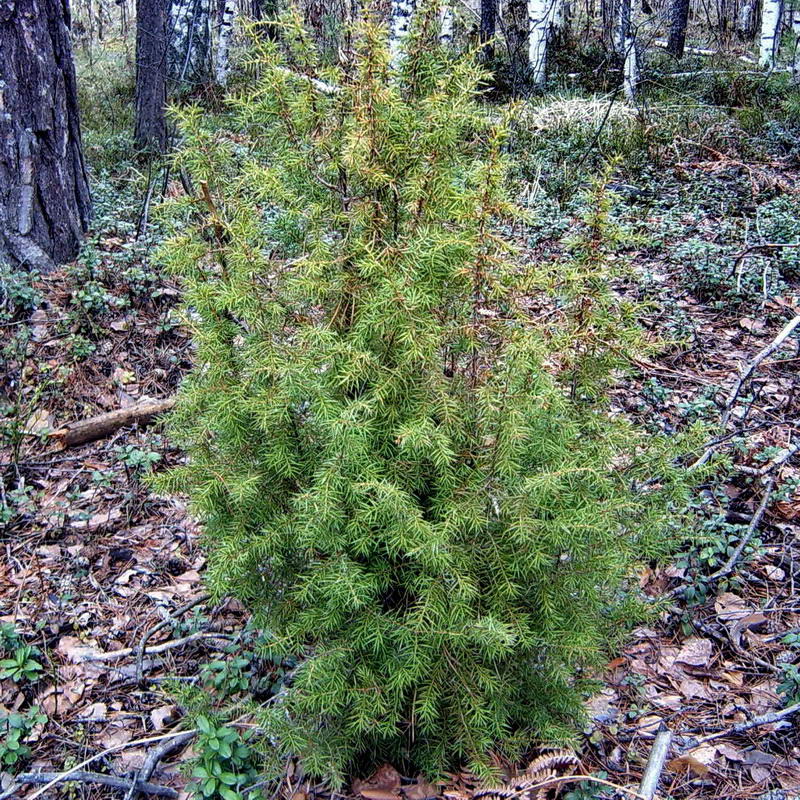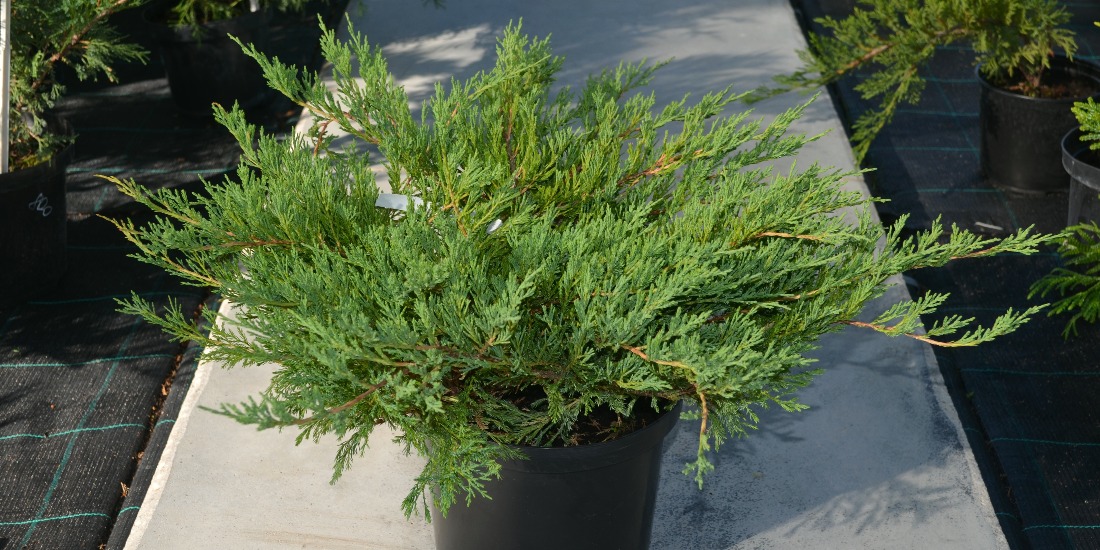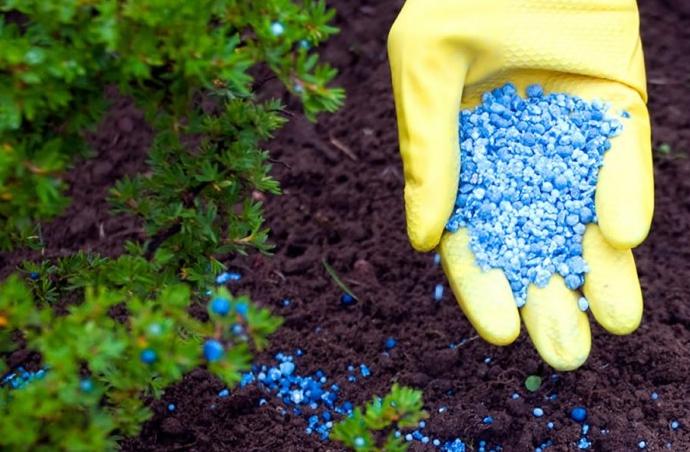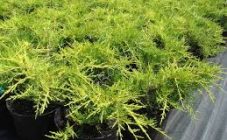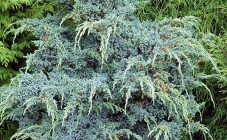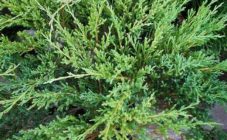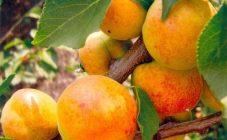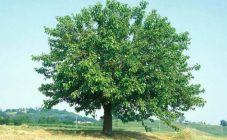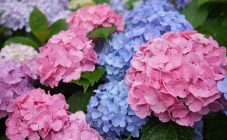Content:
Thanks to its aroma, juniper creates the atmosphere of a coniferous forest in the garden and at the same time benefits. The phytoncides secreted by the plant have a healing effect on the human body, because the ephedra has the ability to cleanse the air from pathogenic microorganisms. Juniper scent soothes the nervous system, promotes sound and deep sleep, relieves headaches. All parts of the plant are used for medicinal purposes.
Growing features
Culture grows well not only at the dacha in the Moscow region. Thanks to breeding, plant varieties have been obtained for various climatic zones. For example, in the harsh conditions of Siberia and the Urals, junipers feel great:
- Siberian;
- Cossack;
- cupped;
- Virginia;
- scaly;
- Chinese;
- solid.
There are many types of plants. The ephedra can be in the form of a spreading shrub growing in a horizontal plane, or a tree with a pyramidal crown. Wild juniper in Siberia and the Urals can be found in forests. Due to its noble and decorative appearance, the plant is often grown in gardens, parks, and summer cottages. This culture has a second name in the descriptions - veres.
All junipers are light-requiring and prefer to grow in places well-lit by the sun. If you plant a shrub in the shade, its needles may lose their juicy color. Some are interested to know about the juniper, where does the culture grow in the Urals, taking into account the type of soil? The choice of site depends on the specific plant variety. Siberian juniper prefers sandy loam or completely sandy soil. When planting it on heavy ground, it will be necessary to add additional sand.
It is recommended to plant heather in early spring immediately after the snow melts. During the procedure, the plant must be watered abundantly and then regularly moistened for one year.
Juniper in the Urals - planting and care
The process of snow melting in each region of the Urals begins at its own time. In general, this event takes place in late April - early May. At this time, you should start planting a juniper. If you are late with the deadlines, the likelihood of burning needles increases, the bright sun harms it. How to plant a juniper? The step-by-step procedure is as follows:
- First, a seat is prepared. The pit should be 50 cm deep and 1m in diameter. It is necessary that the hole is approximately twice the volume of the root system, then the roots can develop freely.
- A drainage layer with a thickness of at least 20 cm, consisting of broken bricks, large pebbles and sand, is placed on the bottom. From above, the drainage is covered with a thin layer of soil.
- At the seedling, the roots are straightened and set vertically in the hole. The root collar should rise 10 cm above the ground level after planting when it comes to planting mature plants. For young junipers, it is best to leave the neck just above the ground.
- At this stage, the seedling is watered. After the pit is covered with earth, another watering is performed.
Immediately after planting, the trunk circle is mulched with sawdust, peat, pine bark, and nutshells. The mulch layer should be 7-10 cm.
During the first year after planting a juniper in the Ural region, it needs more careful care. The bush is regularly moisturized, fed in order to activate growth. The first wintering of seedlings should take place under cover. The shrub is insulated with lutrasil until the arrival of spring heat.
It is possible to successfully grow junipers in other regions, planting and care in the Moscow region will be exactly the same, excluding shelter for the winter. In the climate of the middle zone, heather tolerates frost well without freezing.
Agricultural technology, suitable neighbors
From the second year after planting, you can reduce the frequency of watering your juniper. It will be enough to moisten the soil under the bush once every 20-30 days. Of course, drought will require more frequent watering. Sometimes in hot weather you need to water the heather daily.
The good condition of the needles in the summer is maintained by spraying it. A similar procedure should be performed in the evening and morning hours weekly. Formative pruning is unnecessary for juniper. It is enough to remove broken and dried shoots in spring and autumn.
The branches are cut with a sharp secateurs to healthy tissue. Juniper is considered to be a slow growing plant. If its growth has completely stopped, in spring and autumn you can apply dry dressing by scattering fertilizer next to the shrub. After that, watering should be done.
Junipers are ideal for creating a Japanese-style garden. In this case, the laconic design can be complemented by planting nearby yellow, red, white or blue heather. The dwarf barberry will also emphasize the noble beauty of this plant.
If a juniper is planted next to a flower garden, spireas of yellow and orange tones will be good neighbors for it. Compositions with other conifers look great, for example, with mountain pine, weeping larch, undersized spruces. Boulders and rocky hills will also help make the landscape more interesting.
Fertilizers and feeding
It is recommended to fertilize heather during the period of bud swelling. From organic matter, you can use rotted manure. Additionally, superphosphate, ammonium nitrate and other mineral fertilizers are added. Nutrients are instilled into the ground to a shallow depth, departing 15 cm from the trunk, after which they are watered.
For adult specimens, the procedure is sufficient to carry out 1 time in 2-3 years. Summer feeding should saturate the plant with such elements as manganese, phosphorus, iron, zinc, copper, potassium. This will strengthen the plant's immunity, improve its adaptation to weather changes, and favorably affect the bright color of the needles.
The complex preparation should contain a minimum amount of nitrogen, so as not to cause the growth of young shoots in the summer, which will not have time to ripen before winter.
How to care for the fall, preparing for winter
In the fall, the juniper continues to be watered if the weather is dry. Top dressing is also needed when necessary, for example, when the growth was too small over the summer. It is recommended to apply mineral fertilizers at this time of the year.
If the plant is young and needs shelter for the winter, when the first frost appears, agrofibre or burlap is thrown onto the bush and tied with a rope. It is recommended to open the plant in early May.
The branches of adult specimens with a spreading crown are tied up so that they do not break off under the weight of the snow.
It should be remembered that seedlings aged 3-4 years are best suited for planting. At this age, the shrub takes root well and begins to grow rapidly. If the planting rules are followed and the juniper is well looked after, it will give its beauty to the garden owner for many years.
